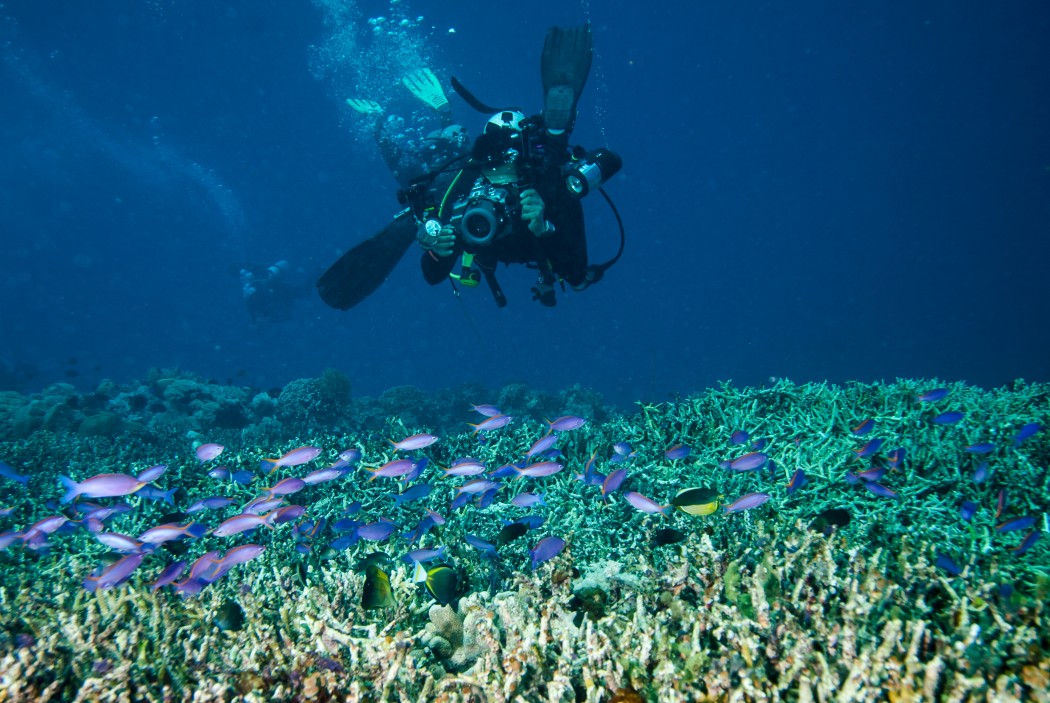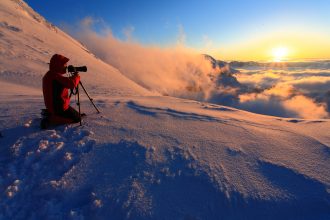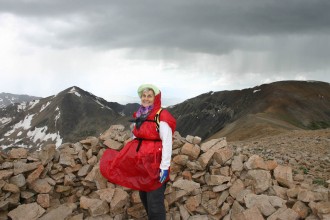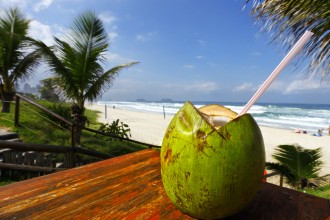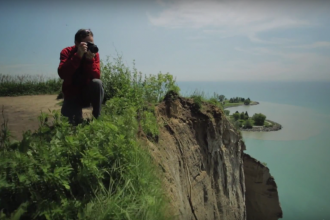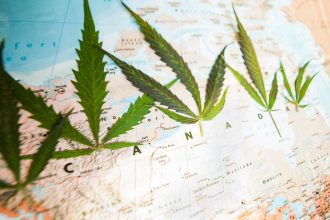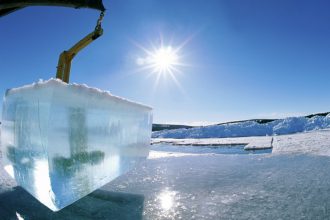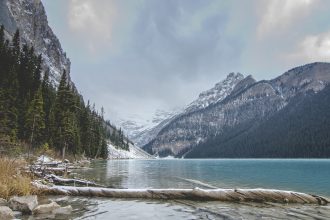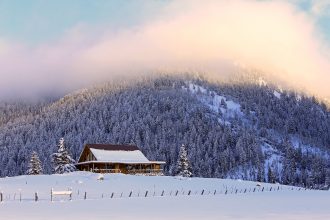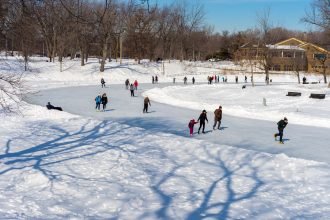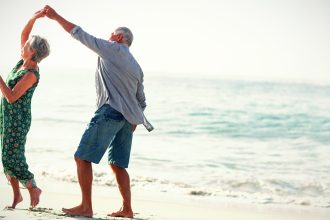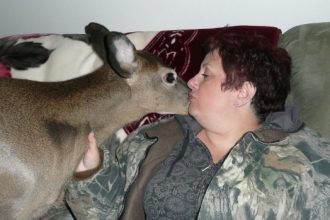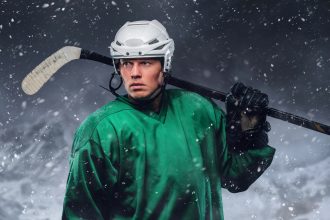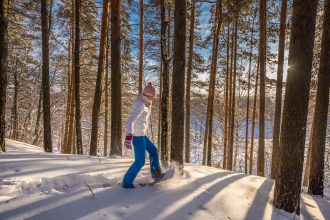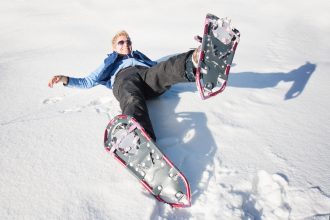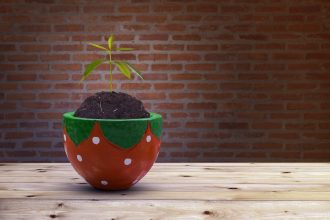The Underwater Project is a series of photos of people diving under waves, and how each changing season or location changes the way they interact with the waves.
Initially, I just wanted to do something different than shoot standard surfing photos. My background is in making surfing films, and studying every surf magazine that came out had left me wanting something more—I just didn’t know what it was. I tried putting a camera on a helmet and different mounts on boards—pretty much anything to try to get something different—but it all just looked the same.
(This article originally appeared in Travel + Escape magazine. Words and photos by Mark Tipple.)
By chance, while shooting surfers, I found myself next to a swimmer and as a large wave broke in front of us, I turned the camera on him to see what he went through while dealing with the wave above.
It was refreshing to see people under waves without a surfboard or wetsuit. It was exactly what I had been looking for over the past decade. I just had to keep going and see what would change throughout the months and years.
As the fourth year of the project rolls on, I’m still shooting people diving under waves and still completely fascinated by people’s expressions or body posture while the waves shape themselves to the reef or sand. It’s almost like the energy that has created the waves is transferred to the swimmer for a brief second, causing them to react a certain way and absorb as much as they can until the wave moves on like nothing happened.

After school, Australia’s beaches are generally flooded by students happy to be out of the classroom and in the water. When the weather is flawless, some don’t make it to class at all, instead spending the day underwater in hiding from parents and teachers.

When I first had ideas about shooting underwater, a good friend and I travelled to a pretty remote beach to work on different compositions and setups. We’re both comfortable in waves of any size and the crystal clear waters of the region didn’t let us down. After a four-hour drive, we shot for six hours and nailed a bunch of cool images. Then, with bloodshot eyes and sunburnt skin, we struggled through the four-hour drive home. It was a solid start to The Underwater Project.

The Cook Islands’ shallow reefs are renowned for claiming the skin of unlucky surfers, but we thought photos would look much more intense over the razor sharp coral. The first wave of our Cook Islands shoot was supposed to be a 10-day session in paradise but it rapidly turned into a 45-minute shoot when Mike was dragged over the razor sharp coral upside-down and backwards. He called it quits straight away, returning to the village to receive lime juice treatment and avoid infection. We had travelled to the islands to raise the bar visually and to bring a more tropical feel to the Underwater Project, but nearly ended up documenting Mike’s express ride into full body staph infection.

Sydney’s eastern beaches can be pretty intense when the weather comes out to play. On this day, I could have run from the crowds to the safety of two or three swimmers but instead, chose to follow them. Working underwater can be dangerous at times, always challenging my level of fitness and ability to hold my breath. The open ocean swells are powerful, and throw in the flailing feet and arms of out-of-control swimmers, and I can end up bearing the full brunt of an underwater collision. After a few swift kicks to the head and semi high-fives from bodysurfers, I was pleased with the results. It’s pretty cool to see how people adapt to the ocean when they’re in large groups.

I swear I could relive April 2011 every day, week and year and still be stoked each time. After a pretty testing summer plagued by storms and clouds, April rewarded us with fun swells and perfect weather, which brought the swimmers back to the beach. This particular day, I woke to amazingly clear water and a good swell. I shot for six hours, playing it safe by not shooting too much and filling up my camera’s memory card too quickly. I returned home sunburnt to a crisp with bleeding eyes, which made editing over 1,100 photos a challenge.

Summer 2010 was one of the best stretches that I can remember, with five months of shooting whenever the weather was game. Sydney’s eastern suburban beaches are full of transient backpackers and locals reveling in the waves, and the powerful waves at Coogee Beach tend to filter out the ones who aren’t the most comfortable in the ocean. A number of swimmers rise to the top of the waves only to be thrown backwards to the sand. On this wave, the swimmer hangs in the grip of uncertainty, face frozen with the fear.

As 2012 broke, the rain continued to fall. I couldn’t remember a more frustrating time. The weather reports claimed a break in the grey but the rain failed to get the message and continued to ruin the beach vibes. Amid the gloom and chaos, a few days proved to be good. The clouds failed to part but the water cleared up, creating mirror-like images of the scenes above.

People have an interesting way of avoiding the waves above, from diving below head first to clutching onto the sand. During the summer of 2011, we photographed a mixed bag of novices and experts, from the clueless to the comfortable. Their posture and expression show comfort or terror within. When arms are outstretched, they tend to know what they’re doing, or know enough to not injure themselves with a cheese grater full of sand on their face.

As the summer heat gripped Sydney in 2010, literally every day became a perfect day for shooting underwater. Even when waves were small, there would be grommets trying to surf or hang out in the water. I remember not looking at the camera while shooting this photo. It was a super small wave and the surfers were angry and becoming frustrated in the flat spell, so I wasn’t paying much attention to what I was doing. When I looked through the photos a few hours later on my computer, I saw this one and laughed at how the surfers’ attitudes disappeared when they were below the surface.

On this day, I had no idea what I wanted to shoot before this photo. I was just floating around the ocean trying to find something unique in the surfing industry but failing. While daydreaming, I drifted between the flags to where swimmers were playing in the fun waves. Then I noticed that I was caught inside the area by a larger wave. I decided to turn the camera on the group of swimmers next to me and see what happened.
Mark Tipple is an Australian documentary photographer and the principal photographer of The Underwater Project. The photo series documents swimmers and their relationship with the ocean, showing how changing seasons and locations impact the way people interact with the waves. Tipple’s work has appeared in The Australian, The Telegraph, National Geographic, the Discovery Channel and more.

